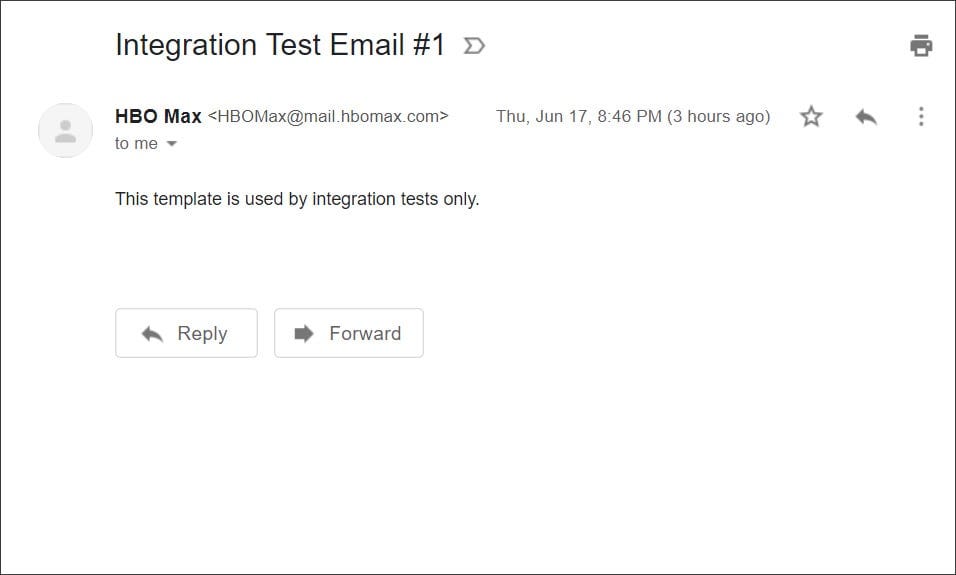Decision Engines: How a 'Boring' Piece of Tech Can Make Your Business Life Easy
Simplicity Over Flash: The Quiet Power of Rule Management
Imagine it’s Friday night, and your friends are trying to pick a dinner spot.
One is craving Italian, one wants a good happy hour deal, and the pickiest one is preaching about “a new burger place,” and you just want something quick.
Then there’s your wife’s peanut allergy, your brother-in-law’s (fake) keto obsession…and you just remembered that its rush hour and traffic matters. 🚗
You’re getting 15 messages per second in the group chat.
Tensions are rising—fast.
It’s chaos, and arguments are about to boil over.

Now, picture a tool—a “dinner decider” that takes all these preferences and rules, crunches the data, and spits out the perfect spot.
Better yet, it explains why it picked that spot too.
Sounds ridiculous, right?
Well I made one for my friend group in Dallas.1
It takes inputs (the time of day, preferences, number of people) and applies everyone’s preferences to give you a recommendation.
In the actual business world, we’ve got something similar: a decision engine.
It’s not some glitzy AI gimmick to flaunt at conferences.
It’s actually super boring.
But it solves a real problem—keeping track of business rules.
Decision engines are the unsexy plumbing that you’re glad you don’t have to think about.
Today, we’ll unpack what business rules are, why they can turn into a tangled mess, and how a decision engine can bring sanity back to your marketing team.
Business Rules: The Invisible Strings of Marketing
Business rules are the guidelines that steer your marketing efforts.
They’re plain language rules that describe intended behavior for a business to engage in.
Sounds fancy—they’re not.
Think of them as the preferences and constraints in our dinner debacle.
Here are a few examples:
“Send a 10% off coupon to customers who haven’t bought in six months.”
“If a lead attends our webinar, ping a sales rep to follow up.”
“Offer free shipping on orders over $100.”
These rules are the backbone of automation and personalization, helping you deliver the right message to the right person at the right time.
Sounds simple enough—until your business grows.
Suddenly, you’re not just finding a dinner spot for a group of four; you’re hosting a family reunion for 25.
The rules multiply: different customer segments, new channels, seasonal campaigns.
Worst of all, your rules are probably spread out across tools too.
Before long, you’ve got dozens (or hundreds) of rules running the show.
The Mess: When Rules Get Out of Hand
Nothing about marketing is actually that complicated in a vacuum.
“Keep track of your customers”: Easy when you start
“Understand your market”: Simple and intuitive (when you start)
“Make your content SEO-friendly”: Obviously! Just keep track of 8 key factors
But it gets harder as these efforts combine and real life hits.
If you’ve acquired another customer base or added channels, this is really hard.
Understand your market
This gets super hard as you go from ‘people who want X product’ to more advanced customer segments
Make your content SEO-friendly
Turns out Google has around 200 factors for ranking web pages to keep track of. What about adding SEO considerations for AI search now?
As your company scales, your rules spread out. Mistakes start happening.

Some rules live in your legacy email platform, automating drip campaigns. Others are tucked into your CRM, scoring leads. A few more are hardcoded into your website, tweaking content on the fly. Different team members own different pieces, and some rules might only exist in someone’s head.
Here’s where it gets messy:
Inconsistency: Your email tool says an “inactive customer” is six months dormant, but your CRM says three. Guess who gets the wrong offer?
Scale: More rules, more complexity. Each new rule piles on more conditions to juggle. Do you have old rule still in place that are no longer valid to think about sunsetting too?
Visibility: With rules scattered, tracking changes is a nightmare. Update one system, and another’s out of sync before you blink.
Errors: Decentralized rules mean mistakes—think duplicate emails or discounts sent to the wrong crowd.
It’s like planning Thanksgiving without a central plan.
Sooner or later, something’s going to burn.
The Everyman Hero: A Decision Engine Steps In
A decision engine (DE) can save the day.
It’s a centralized hub where all your business rules live, breathe, and stay organized.
Instead of rules hiding in different corners of your tech stack, a decision engine pulls them into one spot.
It’s like an oracle you ask for advice.
What does a DE do? Plenty:
Lets you define and edit rules in a simple interface—low coding required2
Groups rules into categories for easy navigation.
Tests rules before they go live, avoiding oops moments.3
Sync with your tools (email, CRM, website) so rules apply everywhere, consistently.
Imagine you want a rule like, “Give a 15% discount to customers with three or more purchases this year.”
In a decision engine, you set it up once.
Link it to your email campaigns, your e-commerce site, your loyalty program.
When a customer hits that threshold, the discount triggers everywhere.
Need to tweak it to four purchases?
One update in the decision engine, and it’s reflected across the board—no spaghetti code review required.
Why It Matters: The Payoff
A decision engine isn’t flashy, but it’s a massive lift for marketing teams.
Here’s why:
Consistency: One rule set, one truth. No more mismatched definitions or rogue campaigns.
Speed: Change a rule once, and it’s done. No digging through platforms.
Clarity: Everyone sees the same playbook, meaning everyone knows what to expect.
Flexibility: Pivot fast—new market, new rule, no problem.
Sanity: Fewer errors, less cleanup, more time for the fun stuff.
It’s not about reinventing the wheel with cutting-edge tech. It’s about fixing a problem that’s been quietly driving marketing teams nuts—rules sprawled everywhere, impossible to wrangle. A decision engine’s power is in its simplicity: one place, one system, total control.
Decision Engine Challenges
Luckily, the challenges that decision engines face are the same ones that give the tool an advantage—Simplicity and Legacy.
Simplicity:
If its so simple, why don’t we build it in-house?
—Every IT team ever
You’ll almost always get pushback from IT because this could be a simple if/then tree.
But the advantage to a separate tool is that you can give people logins to it across departments.
It’s not about technical wizardry; it’s about accessibility.
A standalone decision engine keeps it simple for the humans using it, not just the coders building it.
Plus, good luck getting that in-house version to sync with your email, CRM, and website without making 10,000 IT tickets.
Legacy
I can’t migrate: I don’t know where my rules are
—Every marketer staring at a decade of tech debt
Legacy systems are a decision engine’s biggest hurdle—and its biggest selling point.
If your rules are scattered across ancient platforms, forgotten spreadsheets, and that one intern’s brain from 2021, migration feels impossible.
Yes, they’ll all say “no code” (and at the enterprise level, that’s usually a stretch).
But hosting it as an API microservice can be great!
You can plug it into your existing automation testing suites, run it in DEV or QA, and avoid breaking everything.
Legacy chaos becomes the reason to adopt, not resist.
Conclusion
Business rules sound boring because they are—until they’re not working. Then they’re a five-alarm fire.
A decision engine isn’t here to dazzle; it’s here to douse the flames before they start.
For enterprise marketing teams, it’s a game-changer.
One place to house your rules means fewer headaches, faster pivots, and a team that’s not drowning in tech debt or playing whack-a-mole with errors.
It’s not sexy—it’s better. It’s practical.
It’s the 1990s Honda Accord

It’s less about the tool’s technical ability itself and more about the peace it brings.
So, next time your rules start spiraling, ask yourself: isn’t it time to let technology *actually* make life easier for once?
So yes, you’re right—it is ridiculous, but so am I.
They’ll all say ‘no code’ but thats usually not true at the enterprise level
I find this generally works best for DEs hosted as API microservices—then you can use your existing automation testing suites to run against them in DEV or QA






